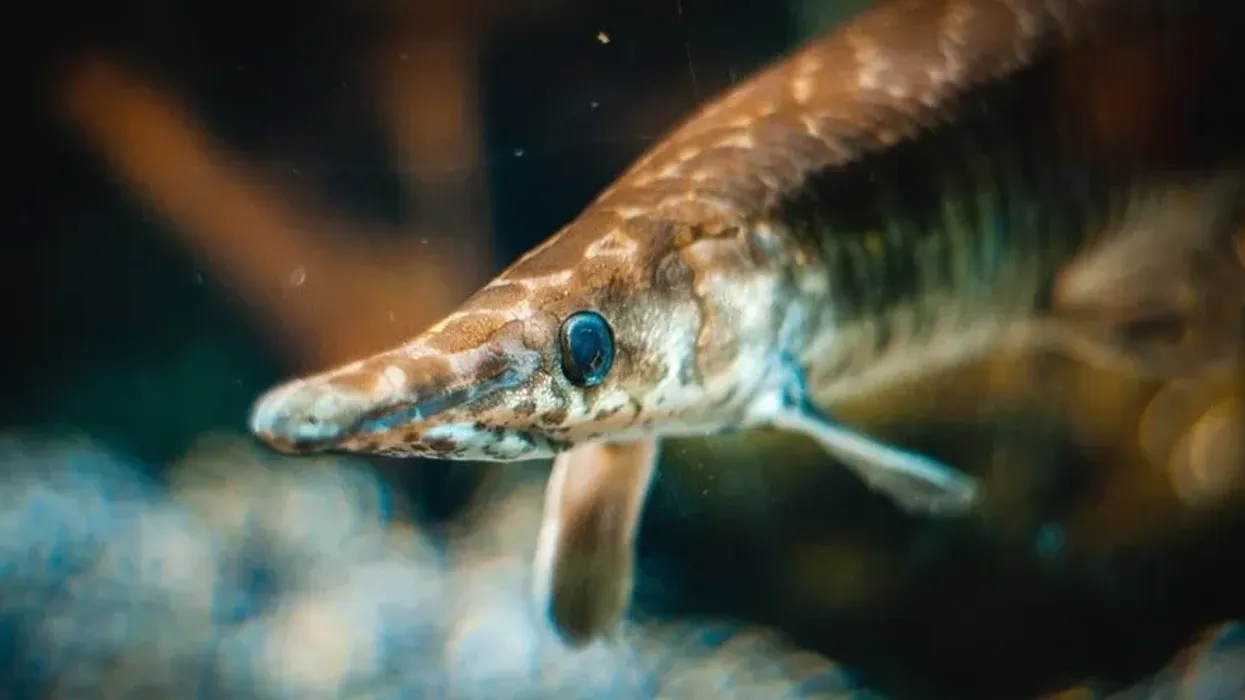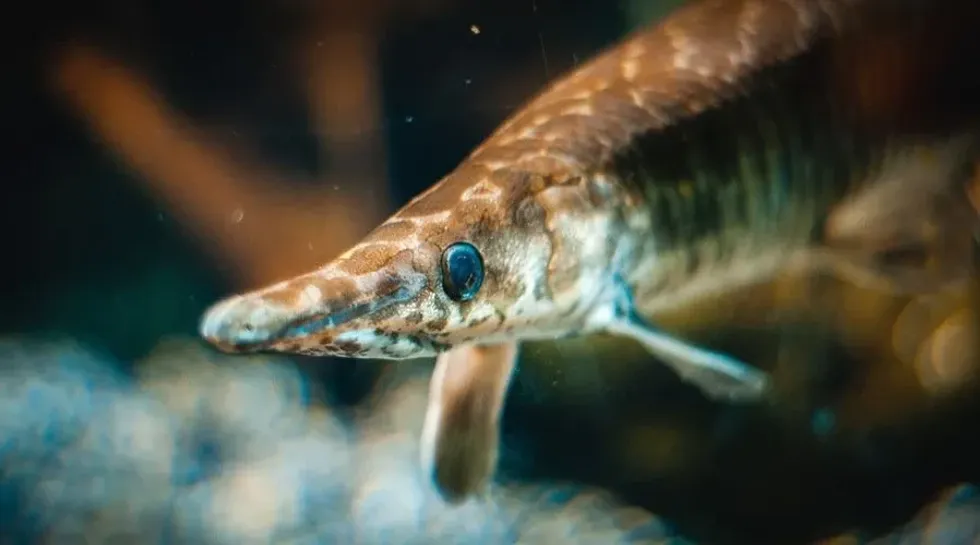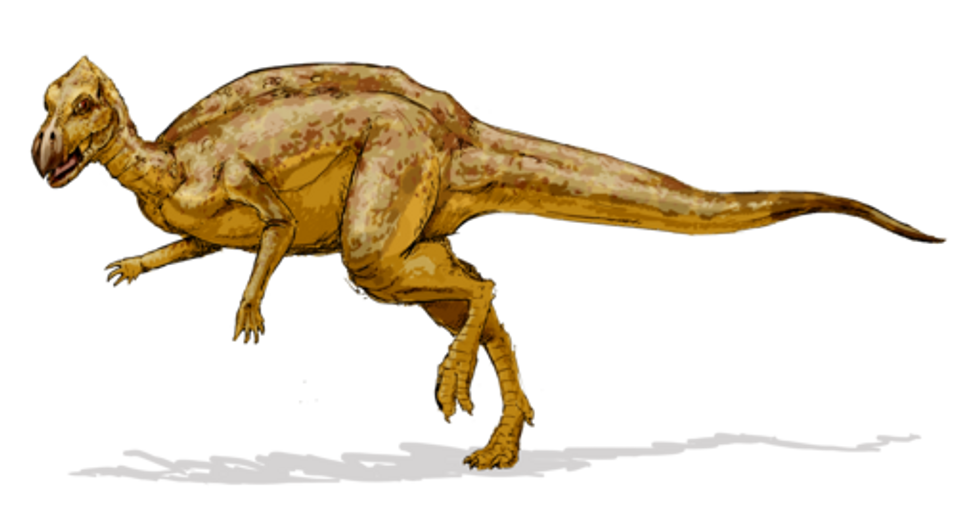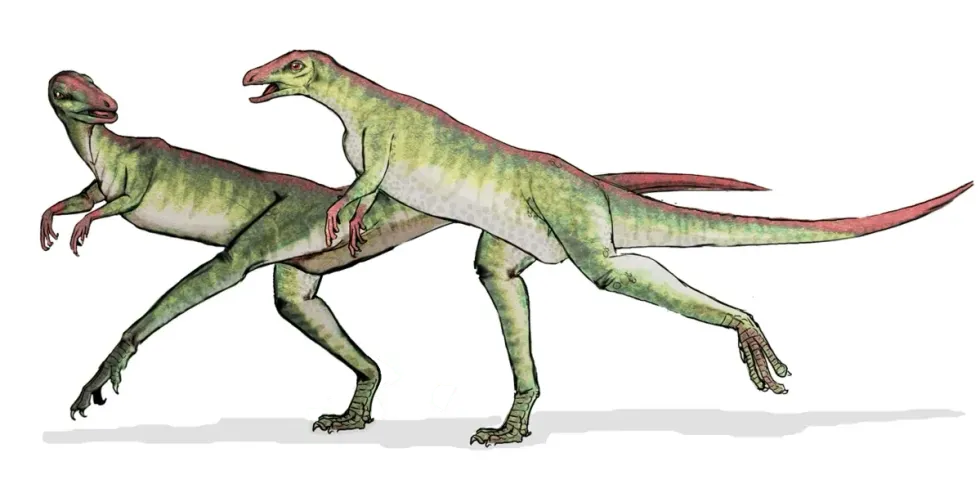In this article, we will learn about the Sturgeon fish. It is in fact, not just a fish, but a group of 27 species that collectively belong to the family called 'Acipenseridae' that live in the ocean.
Such is the nature of their evolution that these fishes have managed to stay relatively unchanged for millions of years in history.
It is thus to be noted that along with fishes like the paddlefish in water, the sturgeon is referred to as a 'primitive fish' by most marine biologists in the world.
It is truly marvelous that we can imagine what the oceans and wildlife history looked like in the past by observing how these fishes managed to survive all this while in their habitat. The sturgeon family, found over the world, is made of four genera: Sturgeon Acipenser, Huso, Scaphirhynchus, and Pseudoscaphirhynchus.
Sturgeons might not cross one's mind often, but humans have found a way to exploit these creatures, which is processed into the luxury food: caviar. We will also learn how this exploitation had brought the species that managed to thrive well before humans even existed to the status of being critically endangered and close to extinction.
It is an unfortunate reality that four species of the 27 may actually be extinct.
The sturgeon has an elongated body that is spindle-like, smooth-skinned, scaleless and is distinctly armored with five rows of horizontal rows of plates called scutes. One may confuse these fishes to be closely related to the sharks owing to the resemblance of their heterocercal caudal fin.
There are a plethora of facts to be known about the sturgeon that jump out to any animal enthusiast of the wildlife.
For instance, there are certain sturgeons that have the ability to be able to completely jump out of the water and make a splash so loud that it can be heard from half a mile away on the surface.
Read more till the very end of this article to know about more insightful and interesting facts and information on the Sturgeon and how we can save it from possible extinction. Here are some links to the other articles swai fish and skate fish.
Sturgeon Interesting Facts
What type of animal is a sturgeon?
A sturgeon is a fish, in the Animalia kingdom, part of the Acipenseridae family.
What class of animal does a sturgeon belong to?
Sturgeons belong to the class of Actinopterygii as they are considered to be ray-finned fishes.
How many sturgeon are there in the world?
In the past century, the number of sturgeon in major basins has declined by 70%. The sturgeon population in their natural habitat has decreased by 40 times in the past 15 years. In the Caspian Sea, the number of sturgeons has declined from 200 million in 2000 to just 60 million in 2008.
Where does a sturgeon live?
Sturgeons can be found in the rivers of Ukraine and southern Russia. They are found in great abundance in the fresh waters of North America. Lake Sturgeons, in particular, can be seen swimming their way through the Hudson Bay in the States.
What is a sturgeon's habitat?
Sturgeon populations are usually bottom-feeders, spawning upstream in the spring and summers, and feed in river deltas and estuaries. Mostly they are found living in freshwater, which is their natural habitat, but some venture out towards the ocean and inhabit near coastlines.
Sturgeons populations can usually be found in temperate, sub-arctic, and subtropical lakes, rivers, and coastlines of North America and Eurasia.
Who do sturgeon live with?
These fishes can either swim alone or live within smaller colonies of their own kind.
How long does a sturgeon live?
A male lake sturgeon's typical life-span is around 55 years, whereas females can live between the range of 80-150 years. People have observed that European sea sturgeons can live up to 100 years.
How do they reproduce?
Sturgeons are slow to reach sexual maturity. Some sturgeon belonging to the feminine gender attain sexual maturity at 30 years and start producing eggs at that age or more in the wild. Reproduction does not take place every year.
The average interval between spawning is about three years. Sturgeons usually spawn at a depth of 5.4-6.0 metres in their natural water habitat. All sturgeon populations develop spawning normally when reared in freshwater or when they migrate to freshwater rivers.
What is their conservation status?
The conservation status of sturgeon populations is endangered, according to the IUCN. More than half of the population of sturgeon species has been listed as critically endangered species.
Among these, the Chinese sturgeon particularly is most at risk, with its sturgeon population seeing a decline of almost 98% between 1973 and 2010. Sturgeons are overfished due to their flesh, swim bladder, and most importantly, their eggs, which are sold as caviar.
Sturgeon Fun Facts
What do sturgeon look like?
One of the oldest found varieties of bony fish, sturgeons have a distinct shape bearing a close resemblance to a shark. They have a spindle-like body with a heterocercal caudal fin.
How cute are they?
Sturgeons would not be termed 'cute' in the conventional sense. However, their spindle-shaped bodies and elongated tail fins make them look truly majestic.
How do they communicate?
In every fish, the otolith organ consists of a sensory epithelium which is made up of calcareous otolith and their hair cells. It has also been determined by the scientists that sturgeons jump to communicate with other sturgeon, and this behavior also helps them to refill their swim bladder, which helps maintain their neutral buoyancy.
How big is a sturgeon?
These are generally long-grown fishes with a slow growth and maturation rate. The length of the sturgeons is about 10 feet, and their weight can reach up to 5000 lb.
How fast can a sturgeon swim?
During passage through fishway basins, sturgeon swim at speeds less than 1.25 mph. The swimming speed of an average sturgeon fish is in the range of 0.96 mph to 1.41 mph.
How much does a sturgeon weigh?
The average weight of a sturgeon is about 500 lb. Beluga sturgeons or hausens weight ranges from 1500-3527.3 lb. The lake sturgeon (Acipenser fulvescens) is mainly found in North America and weighs between 80-200 lb. The largest North American sturgeon, the white sturgeon (Acipenser transmontanus), however, is among the heaviest at 1800 lb.
What are their male and female names of the species?
Research has shown the sturgeon belongs to a family of Sturgeon Acipenseridae. However, different names for males and females of the species are not given.
What would you call a baby sturgeon?
A baby sturgeon, unfortunately, has not been given a different name and is known as a baby or a small sturgeon.
What do they eat?
The sturgeon fish are slow eaters and can surprisingly stay without eating for several weeks.
The sturgeon populations are bottom dwellers, and their diet mainly consists of small fish, insect larvae, shrimps. They possess tactile barbels, which is located at the front of their thick-lipped mouth. While searching for food, they take the help of their rostrum, which assists them in digging in and around their habitat.
Are they dangerous?
While all species of sturgeon populations may not be dangerous, some of the larger species of sturgeons may be harmful to humans. A few years back, reportedly, a five-year-old girl was killed and her family injured by a sturgeon.
Would they make a good pet?
Sturgeons are not ideal for keeping as pets. Since they require cool waters, keeping them at home without a special chiller might prove to be a challenge. Their length and weight also make it quite difficult to be kept in a standard size home aquarium.
Did you know...
Lake sturgeons coexisted on the planet with dinosaurs and are one of the oldest native fishes found in history.
Lake sturgeon has a spade-shaped head with four barbels on the snout, which helps them in the detection of food.
Sturgeons' fleshy mouth, which does not have any teeth, are designed for sucking.
Lake sturgeons have a slow reproduction rate. Females are expected to spawn every four to eight years, while males spawn once in two years.
Do people eat sturgeon?
Sturgeons found in freshwater are in great demand around the international world due to their flesh, swim bladder, and their eggs. People use their bladder to make a pure form of gelatin for industrial purposes.
Their unfertilized eggs are stripped from ripe females and are mildly processed to prepare, high in demand, caviar. According to the species of sturgeon, the caviar made from eggs is graded according to size, taste, and color.
How to cook sturgeon?
A sturgeon can be termed as a fish having a refined flavor and texture. You can eat it raw or cured in the form of sashimi or have it wrapped inside nori with rice.
You can also choose to barbeque it to enjoy the smoky and complex flavors. However, the easiest and the most convenient way to cook it is to simply pan-fry it and serve it with your favorite sauce, with a side of herbed rice and some sautéed veggies.
Here at Kidadl, we have carefully created lots of interesting family-friendly animal facts for everyone to discover! Learn more about some other fish including codfish, or fluke fish.
You can even occupy yourself at home by drawing one on our sturgeon coloring pages.









